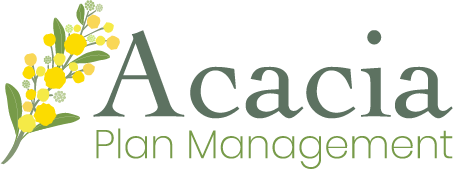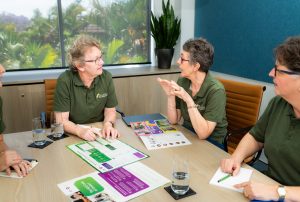Australia recently took a significant step towards progress in supporting people with autism: The Autism Cooperative Research Centre (ACRC) has published the first National Guideline for supporting the learning, participation and wellbeing of autistic children and their families in Australia. In good news for those living with autism, the guideline has been praised for its progressive approach, promoting holistic support rather than assimilation.
A group assembled by the ACRC, consisting of researchers, clinicians and autistic people, consulted with over 1,000 community members and analysed evidence from three systematic reviews of international research. Through this process, the centre developed 84 recommendations for best practices in clinical support for autistic children and their families.
While many countries have similar best practices recommendations for diagnosing autistic kids, Australia is among the first to have such a list for supporting people with autism after diagnosis.
What does the national guideline address?
The guideline for supporting the learning, participation, and wellbeing of autistic children and their families in Australia focuses on practitioners delivering supports in community and clinical settings. It provides clear and consistent recommendations and practice points for practitioners who deliver supports to autistic children and their families, to ensure they are doing so in ways that are effective, safe and desirable to children and their families.
However, the guideline is also a valuable resource for autistic individuals and their supporters, educators and families, organisations providing training to practitioners or students, and governments and other policy-making organisations.
It has a lifespan perspective, recognising that early supports should lay the foundation for a positive future and focuses on the delivery of non-pharmacological supports in community and clinical settings that aim to support children aged 0 to 12 years.
The National Health and Medical Research Council (NHMRC) has approved all 84 consensus-based recommendations within the guideline and was developed through deep consultation with more than 1,000 Australians – autistic people, family members and practitioners.
Furthermore, the guideline is groundbreaking in its emphasis on tailoring support to individual children. For example, there are no recommended minimum hours of therapy. The inclusion of recommended minimum therapy hours stems from the view that autism is something that can be ‘fixed’ and autistic kids need to be ‘cured’. This goal of assimilation can result in dozens of hours weekly spent in therapy, with little time left for rest and play. It’s about looking at making choices that respect the child and the child’s time to just be a child.
Essentially, the guideline aims to help clinicians, families and communities supporting autistic children to sort through the complex factors that go into making therapy decisions, in a systematic way. It does so in a way that affirms neurodivergence, rather than treating it as something which needs to be suppressed and glossed over.
What happens next?
The guideline is not mandatory, though the ACRC says it hopes the NDIS will adopt it. There have also been some concerns raised about the practicality of the guideline’s universal application and whether they will be addressed by the government’s planned National Autism Strategy.
The strategy will be for all autistic Australians. It will cover key reform areas including access to services, healthcare, education and employment. It will help to guide a more coordinated, national approach supporting autistic people at each stage of life.
The strategy will be informed by:
-
- autistic people
-
- their families and carers
-
- the autism sector
-
- researchers.
The National Autism Strategy will sit alongside Australia’s Disability Strategy 2021-2031.
Image: Alexis Scholtz – stock.adobe.com





